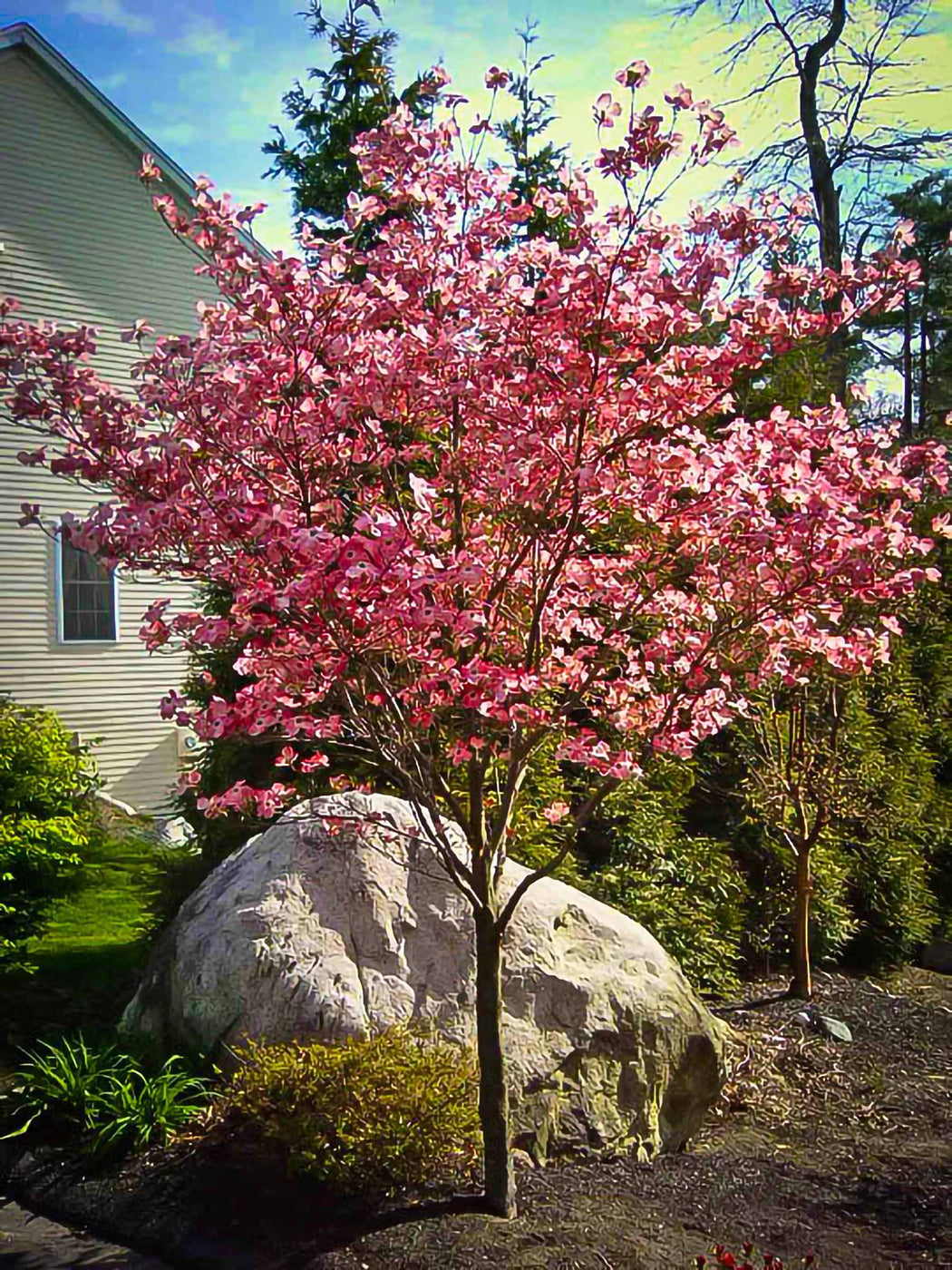

Even disease-resistant dogwoods may develop problems if they are planted in an unsuitable environment (full sun, drought, over-saturated soil). It is important to note that disease-resistant does not mean immune to disease. Refer to the table below for recommendations. Selecting a disease-resistant dogwood is the first step to preventing common disease problems on your tree. Selecting a disease-resistant dogwood tree They include cornelian cherry (Cornus mas), redosier dogwood (Cornus sericea), and bigleaf dogwood (Cornus macrophylla). Besides flowering dogwood, there are other native and non-native trees or multi-stemmed shrubs in the same genus as dogwood, but less commonly seen in landscapes.Disease-resistant cultivars are available and reduce the chances of problems with diseases such as powdery mildew and spot anthracnose.The key to maintaining the health of your dogwood is to plant it in a suitable location and take proper care of your tree to minimize stress (e.g., water during drought, avoid mulch against the trunk, etc.).Flowering dogwood (Cornus florida) is a small Maryland native tree with white or pink bracts (specialized leaves resembling flower petals) in the spring, colorful red to burgundy foliage in the fall, and red berries that support wildlife.


 0 kommentar(er)
0 kommentar(er)
